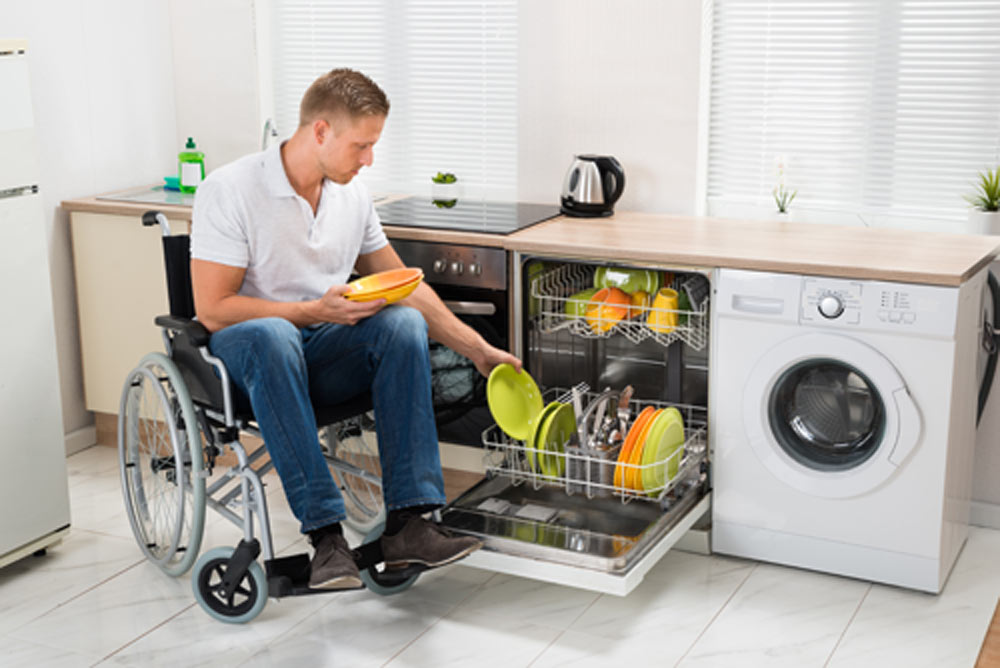Although pushchairs and wheelchairs may look similar, there are actually a number of key differences between them, many of which revolve around the fact that pushchairs are intended for infants, who are largely dependent on their parents, whereas wheelchairs are, statistically, most likely to be used by adults, who generally want to live independently.
This means that pushchairs can usually be navigated around the average home (in some cases with a bit of difficulty), wheelchairs need to be given more consideration and it’s worthwhile taking the time to consider wheelchair users not only because we are increasingly likely to need to use wheelchairs as we get older, but also because anyone, of any age, can have an accident which requires them to be in a wheelchair for some period of time. The team at Indlu estate agents in Denton share their tips on how to make your home more accessible and wheelchair-friendly.
Make it easy for wheelchairs to get in and out of the property
Instead of thinking about getting a wheelchair into the property, think about what would need to be in place for them to get out quickly, such as in the event of a fire. For example, it’s generally faster and easier for a wheelchair to move over hard surfaces than soft ones, so think linoleum and wood (or parquet) floors, rather than carpet and rugs and remove and raised floor beams such as the ones you often see under doors.
Speaking of doors, the wider they are the easier it will be for the wheelchair to go through them, but breadth isn’t the only consideration, you will also need to think about the mechanics of getting them open. Automatic door-opening mechanisms (such as you see in commercial buildings) may be a bit much for the average home, although in some cases they may be appropriate, for example for external doors, but sliding doors, accordion doors and/or pocket doors could be much easier for a wheelchair-user to open than standard doors. If your home is accessed by steps then you will need a ramp and since this will be at an angle, grip is more of a priority than smoothness. Anything which makes it easier to get out of a property quickly will almost certainly make it easier to get into a property quickly.
Think about everyday practicalities
Probably the first, and arguably the most important, practicality is the bathroom, the kitchen must come a fairly close second. Both of these places need to be designed so that wheelchairs literally have room to move and the bathroom design needs to take into account the fact that the wheelchair user will have to move themself from the wheelchair onto the toilet and potentially into the bath although showers or wet rooms are generally the more practical option for wheelchair users.
Outside of these areas, you need to think about which everyday activities require physical action on the part of a wheelchair user and which can be done via a smartphone. For example, plugging in a device requires manual action but turning a light on or off can now be done by smartphone. When an activity requires manual action, you need to think about how this task can be undertaken from a wheelchair, so, for example, you might want to install electrical outlets higher up the wall to make them easier to reach.
For more information or for a free online property valuation, please contact Indlu.
How to make your home more accessible and wheelchair friendly



